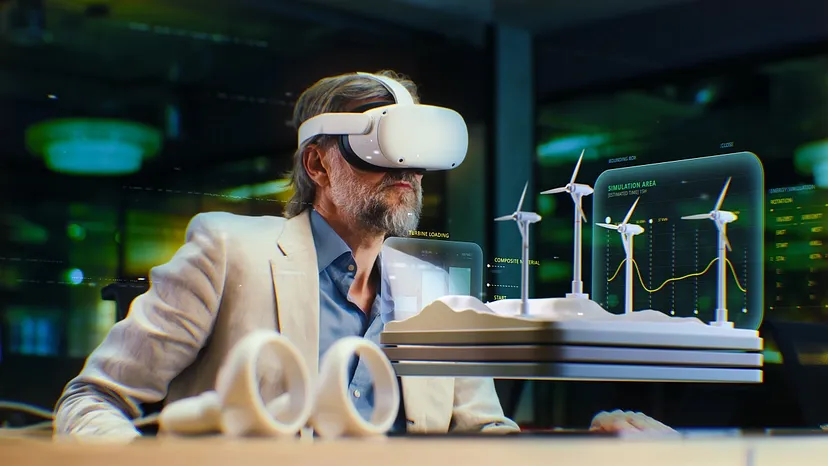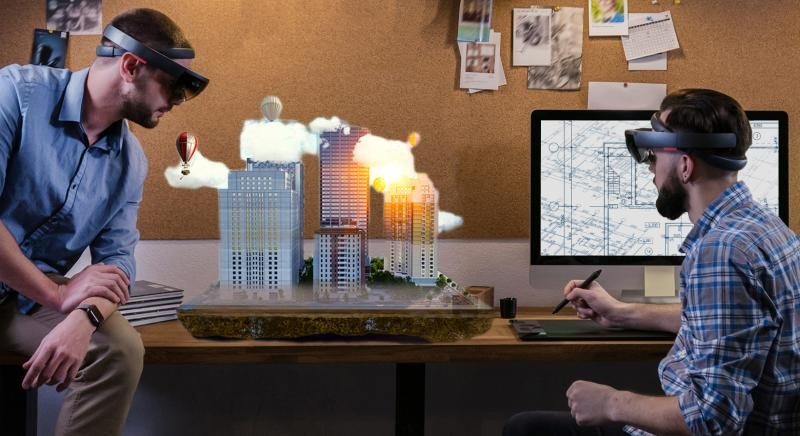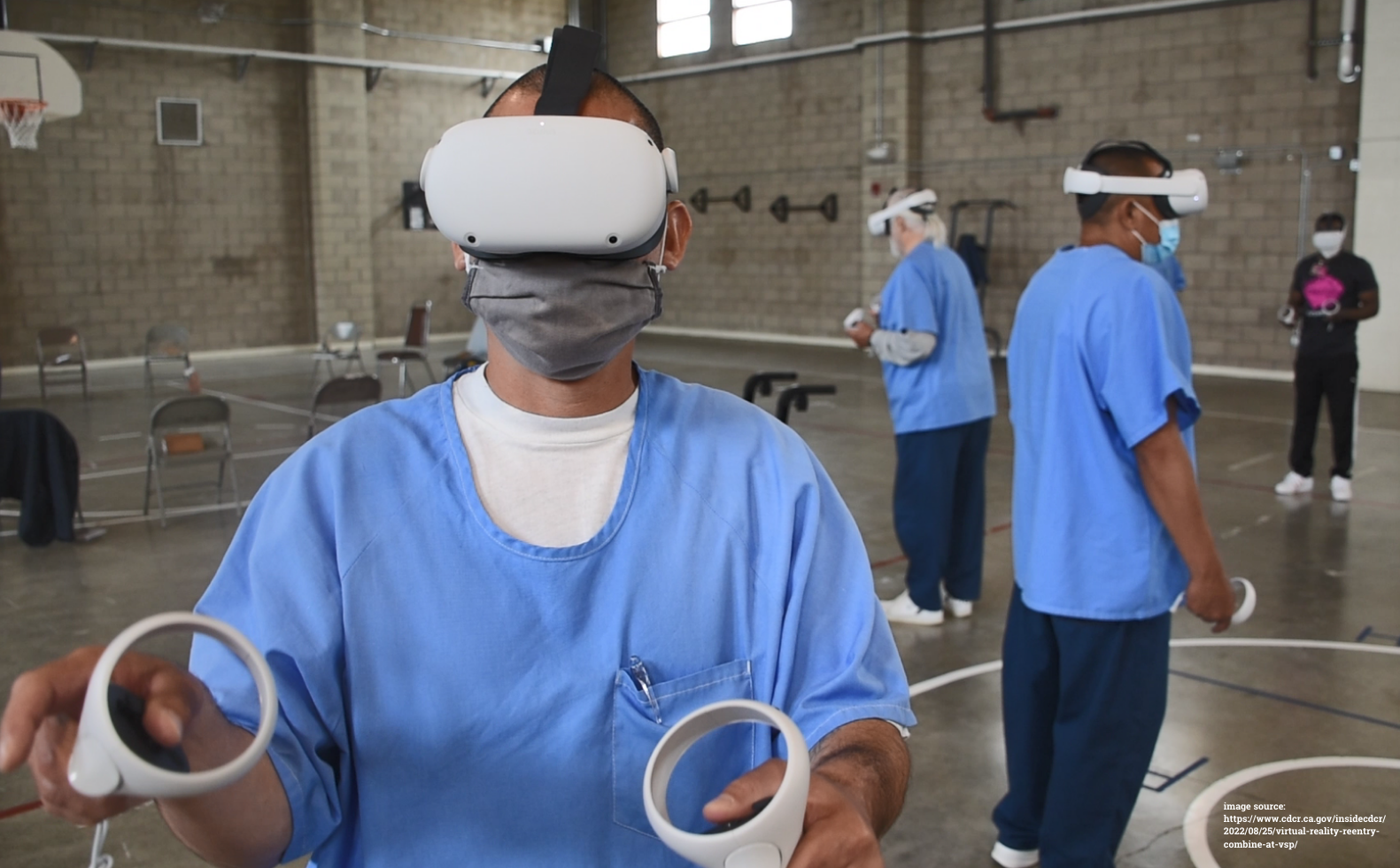Is 3-DoF VR Dead? Not Yet!
Oculus Discontinued the Oculus Go, but the industry isn’t giving up on 3-degrees of freedom yet.

By Kevin Carbotte
Oculus this week discontinued the Oculus Go 3-Degrees of Freedom (3-DoF) standalone VR headset, which signals the end of the 3-DoF VR era for Oculus. The company’s future lies solidly in 6-DoF VR. However, we have not seen the last of the 3-DoF VR, and if you were planning to build a 3-DoF experience, there is no reason to worry. Especially for business experiences.

An Affordable VR Solution
Oculus introduced the standalone Go VR headset in 2018 and touted as an affordable entry point into virtual reality. Oculus originally intended the Go to be a consumer device; it also proved to be a capable device for implementing workplace training. Walmart was one of the first major companies to adopt a VR training solution powered by Oculus Go, in which the company deployed over 17,000 units to its stores in the USA. Oculus used Walmart’s case study to promote the Oculus For Business platform when it was revealed.
Technology Changes Fast
Since that time, Oculus released the hugely successful Oculus Quest 6-DoF standalone VR headset. Oculus rolled the Go’s features, and many of its experiences into the Quest platform, and late last year, it started selling the Go headsets at a significant discount. Soon after, Oculus discontinued sales of the Go for Oculus for Business clients. The writing was on the wall in late 2019 that the Go’s days were numbered.

3-DoF Is Still Useful
It makes sense for Oculus to limit its product stack, and the Quest and Go have much overlap between them. However, as good as the Quest is, it’s not necessary for all use cases. The Oculus Go was a great solution for 360-degree content, such as our VRSafety training system , which uses 360-degree images with interactive hotspots to facilitate safer workplace training. If you don’t need your hands, and you don’t need to move around, you don’t need a Quest.

So, where does that leave companies that want to deploy a cost-effective VR training solution? Well, Oculus may be getting out of the 3-DoF game, but its competition is moving right in. Here at Bit Space, we’ve been working with Pico Interactive for several years. Pico offers a lineup of standalone VR headsets that work great with the VRSafety platform.
An Oculus Go Alternative
We first started working with the Pico Goblin G1, which was one of the first standalone VR devices available. Since then, Pico has refined and improved its product. We currently offer the Pico Goblin G2, which features a 2.5K display, and the Pico Goblin G2 4K, which includes—you guessed it—a 4K display. The Pico Goblin headsets also offer a MicroSD slot, which makes it even easier to deploy new software. These devices also work great in offline environments, such as remote work sites where internet connections are spotty at best.

Lenovo Partnership
Pico Interactive also recently partnered with Lenovo, which will begin selling a rebranded version of the Pico Goblin G2 4K called Mirage VR S3 later this year. Lenovo’s headset will include an education-focused software suite called Lenovo VR Classroom 2, which will help teachers integrate VR into their teaching curriculum.
Advancements in 3-DoF VR
Pico isn’t the only headset maker that’s still supporting 3-DoF headsets. DPVR, a Chinese headset maker, launched a 4K standalone headset called the P1 Pro 4K earlier this year. It is the first headset on the market to use Qualcomm’s latest XR processors, which should give it better performance than the competition. We’re not currently supporting the DPVR headsets as they are not readily available in North America, but it is another example of 3DoF devices sticking around for a while.
It’s clear that the future of virtual reality technology lies squarely with 6-degrees of freedom solutions, but we’re not quite at that place in time yet. 3-DoF VR still has its place, and you shouldn’t be worried about investing in a dead solution. If you don’t need to move around in VR, you don’t need anything more than a 3-DoF headset.
Click to share this article
Other posts from our blog
Transform your business with immersive technologies
Schedule a consultation to see how BSD can help your organization unlock new avenues of engagement.
CONTACT US
Global Headquarters
1555 Dublin Avenue, R3E 3M8
Winnipeg, MB, Canada
PUBLIC RELATIONS
DIVISIONS
GENERAL
IN THE SPIRIT OF RECONCILIATION
We would like to acknowledge that the land on which we gather is Treaty One Territory, the home and traditional lands of the Anishinaabe (Ojibwe), Ininew (Cree), and Dakota peoples, and in the National Homeland of the Red River Métis. Our drinking water comes from Shoal Lake 40 First Nation.
Join 10,000+ people who get XR tips, insights, and company updates monthly.
Contact Us
We will get back to you as soon as possible.
Please try again later.
Privacy Policy Accessibility Sitemap Support
Bit Space Development Ltd.





